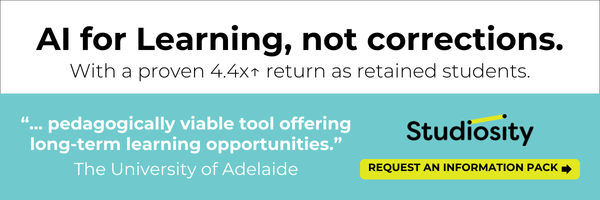The Concordia University Inter-Generational Fund (CUiF) has now fully transitioned to its "100/0/10" framework a model that commits to 100 per cent sustainable investments, aims to move beyond a net-zero economy toward a restorative one and allocates 10 per cent to mission-driven projects.
This shift reinforces Concordia's position as a Canadian leader in climate-conscious endowment strategy and reflects a broader movement among institutions seeking to build regenerative economic models.
"Reaching the 100/0/10 milestone is an extraordinary achievement," says Graham Carr, president and vice-chancellor. "It reflects not only the CUiF's leadership in innovative investment approaches within the context of the global climate emergency, but also the desire to support more equitable educational opportunities for future generations, for example, through novel micro-financing initiatives."
Supporting long-term resilience
The CUiF formerly the Concordia University Foundation has been steadily shifting toward a sustainability-centred strategy since 2019, when it announced its intention to divest and target 100 per cent sustainable investments by 2025.
Marc Gauthier, university treasurer and chief investment officer, explains that following the announcement, he and his team implemented a multi-phase plan to align the fund's investments with environmental and social priorities.
"This is not about just getting to net zero," he says. "It's about how we transition the economy beyond net zero to become restorative to give back more than we take."
During the 2024-25 fiscal year, the fund completed both phases two and three of its transition. These phases focused on public equities, fixed income and commodities.
Recent allocations include public equity strategies aligned with the UN Sustainable Development Goals, focused on biodiversity and global sustainability; fixed income investments in life sciences and micro-loans supporting youth and women in Africa; and a commodities strategy targeting critical minerals and materials.
"We've been able to achieve performance levels that are consistent with the broader market," Gauthier says. "That's really important because it helps demonstrate that you can do good and do well at the same time."
"I'm extremely proud of the team," he adds. "We've done all of this while managing a very complex investment portfolio, continuing to perform well and staying aligned with the university's mission. That's no small feat."
Opening the door to broader impact
The fund's strategy is rooted in allocating capital with purpose and intentionality a commitment to integrating responsible investment factors that align with Concordia's sustainability objectives. The approach is anchored around three core pillars: planet, people and a sustainable economy.
This model sets Concordia apart from many institutions that continue to focus primarily on financial returns.
Through the 10 per cent mission-driven allocation, the university is unlocking capital for projects that support its academic and community values.
"We're exploring how we can invest in initiatives that are mission-aligned where their intentionality and purpose are specifically related to both Concordia's and Quebec's ecosystems," says Gauthier.
This approach is helping reshape how institutional investors think about fiduciary duty and about the potential of capital as a tool for systems change.
Gauthier hopes the fund's success will inspire other institutions to follow suit.
"We need to stop thinking of sustainability as a sacrifice," he says. "It's an opportunity to invest in the economy we want to build."
Explore the newly updated Concordia University Inter-Generational Fund website to learn more about its sustainable investment strategy and impact.










